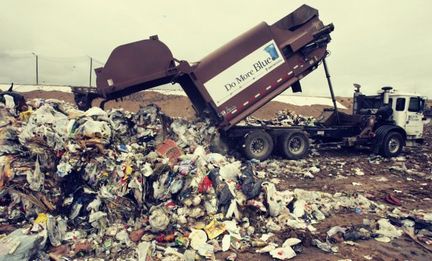 Los Reales Landfill in southeast Tucson. From: https://tucson.com/news/local/govt-and-politics/landfill-expansion-will-force-some-residents-out/article_1895a5dc-64f1-589d-a965-9d1e97681a19.html Accessed: July 25, 2018. Los Reales Landfill in southeast Tucson. From: https://tucson.com/news/local/govt-and-politics/landfill-expansion-will-force-some-residents-out/article_1895a5dc-64f1-589d-a965-9d1e97681a19.html Accessed: July 25, 2018. There is something captivating about the “Brush and Bulky” pickup in our ‘hood. Chinle has a particular obsession with all of the smells and sights lurking in the piles of well-loved or well-hated waste that dot the streets during the 2 times of year that the city of Tucson picks up trash that is inappropriate (too brushy or too bulky) for regular pickup. The air was tolerable when we began our daily walk, but the mercury is rising steadily. This is July heat...when the 105-110 degree highs are not arid or anything close to the myth about “dry heat” in Arizona. The monsoons have arrived driving up the humidity and dew point - supposedly to create an environment for rain. .05 inches of precipitation is all we have had at our house, and we are a month into the “rainy season.” I only sound bitter, but let’s be real, the presence or lack of humidity isn’t the problem. 105 degrees is hot. No matter what. Chinle knows she has to walk before she can play ball, and she slogs along begrudgingly on most days. But on Brush and Bulky days there are so many things to look at and sniff that the walk seems almost as entertaining as a trip to the park to play fetch. On the one hand, I find the piles to be overwhelming evidence of a consumerism run amuck. But when I let go of that particular point of obsessive anxiety and really look at what comprises the piles, I am struck by all the stories those items could tell. There’s the recliner that leans nonchalantly to one side - perhaps evidence of one late night bender too many. I can imagine the raucous beer-infused laughter that erupted when the adorably overweight uncle sat down heavily on the chair and broke the spring. The crib that sits outside a house where a 2-year old red-headed little girl chirps daily, regardless of the heat or humidity, as she sways gleefully on her new swingset suggests of the progress of time and the continuing of generations. Two enormous OLD TVs are tossed facedown with their dusty backs indicating a particular disdain for most kinds of ordinary housework. And then there is the crazy catman’s house. This is a duplex that most neighbors eye with suspicion mostly because of the 8-10 cats that lounge languidly all over the front yard or the porch of the man I fondly call “jackass.” He has deep-seated hatred for dogs and has, on 2 occasions, said very mean things to my pups. Now granted, one time, Chinle pulled the leash out of my hand and proceeded to chase as many of those cats as possible down the street.* But the first time catman was a jackass, we had done nothing but saunter by, and Chinle was guilty of nothing but being canine. His cats routinely have litters of kittens the destiny of which I do not know. On this Brush and Bulky Sunday, though, one of the kittens from a recent contribution to the neighborhood’s feral condition is sitting atop a pile of rubbish that could not possibly all fit inside the small duplex. The kitten is staring at an old, filthy litter box (which is surprising to me since it suggests jackass DOES keep some of his pets’ sewage on his property or at least did...several decades ago). The kitten mews sweetly at Chinle and almost seems as though she is sad about seeing the litter box disappear. I’m sure she will be thrilled to find the sandy dirt in my front yard. As we stand and stare in awe at the immensity of the refuse, the old screen door starts to squeak and in sheer terror we bolt away. The next collection of “Bulky” has a well worn couch laying on its back. It sits in front of the house that has recently been painted bright purple. The women who live inside the house often sit on camping chairs in their barren yard with their 2 small dogs who sprint back and forth barking as we walk by. Chinle thinks about how easy it would be to “exercise” if your legs were that small. 10 feet would be a mile and then fetch time would come so much more quickly. I often stop to chat with the now retired school teachers and have learned that they live with one of their mothers. She is well into her 90s and has recently taken a turn for the worse. The bright purple paint comes courtesy of the mother’s son and the school teacher’s brother and was meant to cheer everyone in the house as they deal with the difficulty of saying goodbye to a loved one. The couch is being discarded to make room for the mother’s hospital bed. No brush and bulky would be complete without the mattresses. The joke around town is that we have a mattress store on every corner in Tucson. When I was bemoaning the fact, a friend of mine suggested this Freakonomics podcast as a way to explain the phenomena. I was still skeptical that the cold, personalityless shops were actually selling mattresses. I mean how many mattresses can one community buy?? Bubble economics be darned - there just can’t be demand for that many mattresses. But on Brush and Bulky day, I start to believe that the mattress stores aren’t just fronts for drug smuggling operations but are actual mattress stores. In a 7 block radius, we counted 25 discarded (and clearly well used) mattresses. My favorite one is bright pink with lime green roses on it. When it was new, it was probably almost too pretty to put sheets on. The mattress sits forlornly, and I can almost hear it sniffling quietly as it reminisces about the hope it had for its life and retirement when it was first purchased, in 1954. Back then, it pictured a long and happy life in a bedroom with fragrant parfumes and a beautiful starlet who laid down each night in flowing white lace nightgown with powder on her face and an eye mask to keep the wrinkles at bay. Each morning, the mattress dreamed it would be carefully tucked into a fluffy, pale blue feather comforter that did just that, comforted. It’s not at all that the mattress thought it would be the center of the starlet’s world forever. But it sort of expected to be moved to the plush guest room and covered with cream colored pillows and a maroon duvet in its later years. Of course, it would be used less frequently, but its importance to the aesthetics of the starlet’s household would be undiminished. But alas! Here it sits - gathering dust from the dirty streets of a dry July in Tucson. A dove perches just where the starlet’s head once lay and, as the mattress fears, it does exactly what pigeons do. And so the mattress weeps. But that’s just the Bulky part of Brush and Bulky. The Brush includes piles of palm tree fronds that reach as high as a basketball hoop. Some residents very carefully put the weeds in bags, presumably to keep it all from blowing away in the monsoons. Others just toss all kinds of organic detritus waiting for the huge trucks to come and haul it away. The amount of plant debris along the streets is mind boggling, especially this time of year when it seems it must be much too hot for anything to survive. I guess it shouldn’t come as a surprise - the sheer volume of waste in the neighborhood. The Washington Post (who has been reporting pretty consistently on the globe's trash problems since at least 2012) cites World Bank data to explain that the world produces at least 3.5 million tons of solid waste every DAY and that is 10 times the amount it did a century ago. In the US, each person averages 4.4 pounds of trash daily and according to the Environmental Protection Agency, only about 34% of that is recycled. (1) In Tucson, much of the solid waste will be dumped into the Los Reales landfill (pictured below). It was first built in 1967 and is over a 1000-acre site (although the refuse doesn’t cover all that space). Over the years its expansion and upgrades have been controversial and celebrated almost simultaneously. Landfills are fascinating places. If you’ve never visited one, you should. It may even inspire you to buy (or at least discard) less stuff. It is humbling to stand and look over the diversity of excess. It all seems so pointless, but if you happen to be on a tour, you will learn that not all of the waste is unproductive. At Los Reales, for example, the surfeit of trash and vegetation is doing some work as it decays and releases methane gas that Tucson Electric Power captures and uses to create electricity for some of Tucson’s residents. In its first 10 years of operation, the methane helped to reduce sulfur dioxide emissions by more than 1,257 tons. This meant that there was also a “savings” of more than 239,159 tons of carbon dioxide (the really nasty greenhouse gas). Moisture is required to facilitate the decay, so the output of methane (and thus of available power for TEP) varies from year to year. So that depressed pink mattress that’s on its way to the landfill? It might very well light up this computer screen someday...if it ever rains. Of course, we have a choice of whether to contribute to the ever expanding landfill or choose to recycle or reuse. During Brush and Bulky Week, reusing happens, well, organically. I often purposely put out things we no longer need or want and think would be a burden to charities. For example, a broken lamp that I can’t figure out how to fix goes to the curb several days before pickup. The “pickers” arrive in the wee hours of the morning or night and scavenge the best things. If you happen upon them, you quickly realize these pickers are professionals. With big trailers and a sense of expertise they cruise by the piles with eagle eyes and fill their haulers with treasure. As Chinle and I turn toward home, we see a fall hatchling lizard and a teenaged cottontail hanging out near a pile of mesquite branches and an old tire so worn that it is as grey as the dirt upon which it sits. It seems the wildlife, too, is enticed by the phenomenon that is Brush and Bulky week. The lizard is learning to do pushups on the tire and the cottontail is nibbling at the mesquite. Just as we pause to look at the strange combination of animation and abandonment, it begins to rain. *She has since learned to live in peace with the feline kind and even sorta likes her brother, Zinfandel (who we call Zindy for short). 1) The EPA’s website has made finding statistics such as these infinitely more difficult - thus the use of the archive rather than the current site.
1 Comment
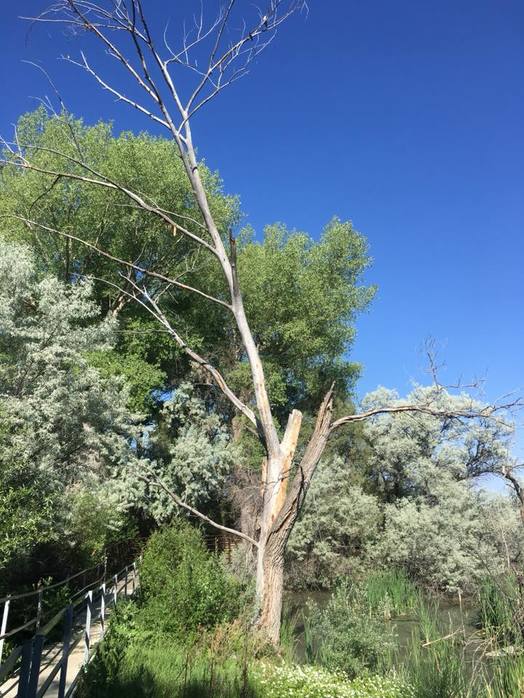 Miguel's Giving Tree. Photo by author, 2018. Miguel's Giving Tree. Photo by author, 2018. Its branches are stark white like bones left to bake in the desert sun. They reach hopefully skyward seeking the blue but never quite getting there. On the thinnest branch at the very top sits a speck of orange. It seems to be posing, looking down at something (or someone) perched underneath the tree. I follow its gaze and sure enough, poised in the stillness that only true birders (and yogis) have, is a man as tall and lithe as the willows that surround him. He is dressed in birding regalia and points a camera upward and westward toward the tree and the orange speck. The camera has a lens that seems as though it could reach all the way to Texas. Chinle is tugging at the leash, anxious to explore the wetland trail, but it means walking by the man and potentially disrupting his delicate task. So we stand and wait until he steps away from the tripod and then timidly approach. I humbly ask him what he’s photographing. He turns around generously. His smile is small but mighty, and as I get closer I realize he’s well over 6 feet tall. “I’m Miguel.” He says with more loudness than I would have anticipated. “And this is my giving tree.” I smile and say, “I’m Michelle and this is Chinle, my pain in the butt dog.” As Miguel chuckles a low groan wafts upward from the murky water under our feet (we are standing on an elevated wooden trail over the wetlands at Fred Baca Park). He looks at me seriously and says, “be sure to keep Chinle away from the frogs.” The bullfrogs’ incessant calls suggest they might be as big as my head. I thank him for the warning and turn my gaze upward. Miguel gets the hint and explains that today, the giving tree has gifted him with a Bullock’s Oriole. Miguel lets me look at the photographs he’s taken so far. They are breathtaking and seem to have captured the personality of the bird. In many of the pictures he’s dangling upside down (the Oriole, not Miguel). As we look, the bird sings sweetly. Miguel explains, “other than the color you can tell he’s male because he is so kind yet stingy with his words. The females are louder and talk a lot more which is rare in birds but [here he grins mischievously] obviously not in humans." Obviously. He continued, “I have photographed over 100 species of birds in this tree and I’ve been taking pictures for 30 years.” Chinle and I scoot by thanking him for sharing his gifts. He nods and points at my calf which is littered with mosquitos. I am, admittedly, NOT dressed for wetlands because the temperatures in this high desert have been soaring for weeks into the mid-high 90s with 3% humidity and not a cloud in sight. It’s almost a relief to see something that breeds in water thriving, but they aren't welcome on my leg. I brush them off, and we continue on. When we emerge from the cattails and the willows, Chinle insists we go explore a prairie dog hole near where a workman is fixing the park’s irrigation. I think how ironic it is to be watering Kentucky Blue Grass all around a park ostensibly created to showcase the regional wetlands. Riparian areas and wetlands all across the West continue to disappear because of the stark drought and overuse of ground and surface water. The workman looks up and smiles at Chinle. Then he notices me. He wipes rivulets of sweat from his brow, and we talk for a bit about the heat. I ask him about the prairie dog presence in the area (they are, shall we say, prolific). He laughs and says, “they aren’t the problem...it’s these damn beavers.” He explains there is a population of about 6 in this tiny 2 acre area, and he points at a large tree that has recently been felled. “I was going to cut that down to keep it from falling. They beat me to it,” he says with more than a tinge of annoyance. He introduces himself and tells me I have a mosquito on my arm. I swat it away, and he says, “You know, they like the heat I think. There are more than I’ve ever seen and I’ve worked in this park for 15 years. I even got bit the other day right here on my forehead, and you know, Mexicans aren’t supposed to get bit.” I raise my eyebrows at this, “Is that right?” “Yeah - we are the color of the dirt so they can’t see us. But man, these ones have xray vision.” I giggle at the myth but then recall an article I had read in Environmental History about the power of mosquitos to create identity of a people over centuries - my people, it turns out. (2) In the English Lowlands from the 1600s through the early 1900s mosquitos created an entire culture and regional identity. The mosquitos brought malaria to the people living in the region and the disease served as a cultural binder. The residents built their homes on stilts to avoid the waters. They slept under nets. Other Englishmen did no such thing. It was a badge of honor to have contracted and lived through the “ague”. Those living with malaria had paler complexions because of the accompanying anemia, and they often relied on opium to alleviate their feverish symptoms so outsiders could identify them by sight. By the 19th century, the lowlands began to experience water management that was predicated on the (wrong) idea that malaria was caused by harmful gases emanating from the wetlands. No one suspected the little insect until 1898. The governments (local and national) worked to drain the marshes and the fens and, indeed, the incidents of malaria began to decrease. But with the decline of the ague came a shift in the culture of the peoples of that damp region, and they began to blend more seamlessly with the rest of England. As Greg Bankoff writes, “what gave the English Lowlands its distinctive regional character was the physical and social construction of the landscape...As the water drained away from its fields and the...Plasmodium malariae disappeared from the bloodstreams of its inhabitants so did popular perceptions of a regional identity begin to fade from the national and even local consciousness.”(1) Even so, the mosquitos remained in the area and architecture and daily habits persisted that helped the locals cope with the nuisance. I turn to Daniel and say, “You know, you might be right about those mosquitos. My people really do get bit a lot.” But I spare him the history lesson. Chinle is panting and looking bored (there has been a LOT of chatting on this walk) so I start our goodbye by wishing Daniel good luck with the mosquitos and the beavers. He shakes his head and says, “I think they will both win in the end. But ya know what? Ya know the one tree those damn beavers never touch?” I shake my head. He gestures toward the brilliant white giant shimmering in the sunlight not far off. “Miguel’s giving tree.” As we walk to the truck, I can hear the Oriole singing happily in the distance. 1) If you are interested in the journal, you can get a subscription by joining the association. Check it out! (2) Greg Bankoff, "Malaria, Water Management, and Identity in the English Lowlands," Environmental History 23, (2018): 470-491 doi: 10.1093/envhis/emx137. |
Archives
July 2020
Categories |
Proudly powered by Weebly
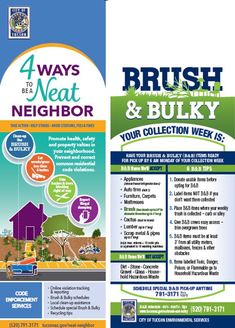
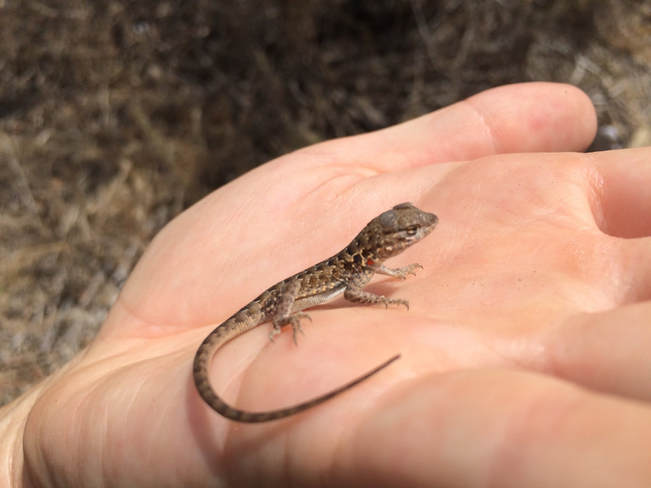
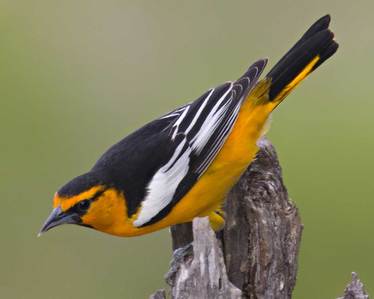
 RSS Feed
RSS Feed